Revolutionizing Gaming: Cyberpunk 2077 2.0's Ray Reconstruction Unveiled
The Cyberpunk 2077 2.0 update introduces Ray Reconstruction, a game-changing feature enhancing realism through AI-driven ray tracing. It offers improved visuals and performance, particularly for high-end GPUs, making it a must-activate option for gamers.
In the realm of gaming, the release of Cyberpunk 2077's highly anticipated 2.0 update has set a new standard, thanks to a groundbreaking feature known as Ray Reconstruction. Developed in collaboration between CD Projekt Red (CDPR) and Nvidia, this update marks a significant leap in ray-traced realism, aiming to redefine the gaming landscape. In this comprehensive review, we delve into the intricacies of Ray Reconstruction, its impact on gameplay, and the broader implications for the gaming industry.
The Ray Reconstruction feature, introduced in Cyberpunk 2077 2.0, takes ray tracing to a whole new level. It represents a departure from the traditional denoising methods employed in ray tracing and ushers in a new era of graphical fidelity. Notably, it outshines the previous Overdrive ray tracing mode, making it appear almost obsolete.
One of the most remarkable aspects of Ray Reconstruction is its efficiency. Unlike its predecessors, it doesn't exclusively rely on the latest RTX 40-series graphics cards. It offers an exceptional visual upgrade while being less demanding on your GPU. This accessibility broadens the appeal of the feature, making it accessible to a wider range of gamers, transcending hardware limitations. The democratization of enhanced visuals is undoubtedly a commendable endeavor.
Ray Reconstruction essentially replaces the denoising step within the graphics pipeline. By doing so, it not only maintains, but in some cases, even improves overall performance. However, its real triumph lies in enhancing the believability of the in-game world. It addresses an issue that many may not have even realized existed, shedding light on the subtleties of realism in gaming.
One of the inherent challenges of real-time ray tracing is its demanding nature on GPU hardware. This is compounded by the fact that the visual improvements can sometimes be subtle. Traditional rendering techniques had become exceptionally adept at simulating lighting effects, leaving the transition to ray-traced lighting less perceptible to the untrained eye. However, closer examination reveals the shortcomings of older methods.
Ray tracing, due to its computational intensity, relies on tracking a limited number of rays bouncing off in-game geometry. These rays serve as a representative sample of the scene, resulting in a noisy image. Denoisers come into play to fill in the gaps, using temporal tracking and neighboring pixel information to interpolate and create a cleaner final image.
Yet, as Nvidia aptly describes it, this process is akin to "stealing rays from the past." It functions well for static images, where pixel accumulation remains relatively consistent. However, when the scene is in motion, issues arise. Temporal denoising can introduce graphical artifacts and ghosting, while the final blending stage can inadvertently erase scene details.
The solution to these challenges arrives in the form of artificial intelligence, a hallmark of technological advancements in 2023. Ray Reconstruction leverages a supercomputer-trained AI neural network to generate highly accurate pixels between the sampled rays. This AI-driven approach seamlessly integrates with DLSS (Deep Learning Super Sampling) within the graphics pipeline, aligning with Super Resolution upscaling.
Unlike Frame Generation, which relies on new optical flow accelerator hardware, Ray Reconstruction does not, making it compatible with a broader range of RTX graphics cards. The results are visually stunning, grounding every element within the game's environment. Characters and vehicles no longer appear to float above the ground, but rather exhibit a tangible connection to Night City.
Enhancements in reflections and global illumination further enhance the gaming experience. The removal of denoising artifacts results in a distinct point of contact between characters and the game world. Vehicles, especially when in motion, now interact seamlessly with the environment, dispelling the illusion of floating on a painted surface.
A striking example of the effectiveness of Ray Reconstruction can be witnessed in the treatment of vehicle headlights in Cyberpunk 2077. In the absence of Ray Reconstruction, the headlights exhibit erratic behavior during fast-paced movement. The pixel data from each frame confounds denoisers, causing the headlight glow to scatter unpredictably.
With Ray Reconstruction activated, the headlights maintain a stable and realistic cone of light, illuminating the night without unwarranted fluctuations. This subtle yet impactful enhancement contributes significantly to the overall immersive experience.
While Ray Reconstruction's primary focus is not solely on performance improvement, it undeniably benefits high-end GPUs. The path tracing mode of Cyberpunk 2077 consumes substantial GPU resources, primarily due to the utilization of denoisers. By eliminating this step, Ray Reconstruction provides a significant performance boost.
For instance, in a test scenario with the RTX 4090, running the path tracing tech demo at 4K resolution with DLSS set to Quality and Frame Generation enabled, the average frame rate stood at 69 fps. However, with Ray Reconstruction enabled, this figure soared to 103 fps, a remarkable gain achieved simply by bypassing the denoising process. This makes Ray Reconstruction an essential addition for gamers using high-end GPUs with ray tracing capabilities.
In summary, Ray Reconstruction, though still a part of DLSS, offers a transformative gaming experience. It goes beyond mere performance enhancement, introducing a tangible layer of realism to Cyberpunk 2077. The improvements, while sometimes subtle, are undeniably worth the activation of this feature, especially for those who seek to maximize their gaming immersion.
As of now, Nvidia has separated Ray Reconstruction from DLSS, providing gamers with greater flexibility in choosing their preferred settings. If you are engaging in ray tracing in any compatible game, our recommendation is unequivocal: activate Ray Reconstruction. The heightened level of detail and realism it brings to the table is a game-changer, and in terms of performance, it can even surpass expectations.
At this juncture, one cannot help but acknowledge the competitive edge Nvidia maintains in consistently delivering effective graphics features. The introduction of Ray Reconstruction, coupled with Frame Generation, places Nvidia at the forefront of innovative graphics technology. For AMD, the pressure is mounting to develop comparable solutions and ensure they remain competitive in the ever-evolving world of gaming visuals.
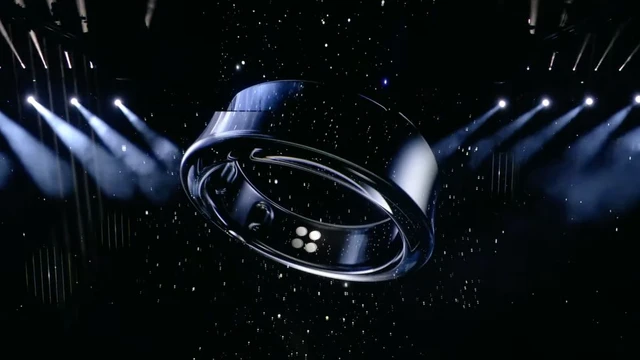


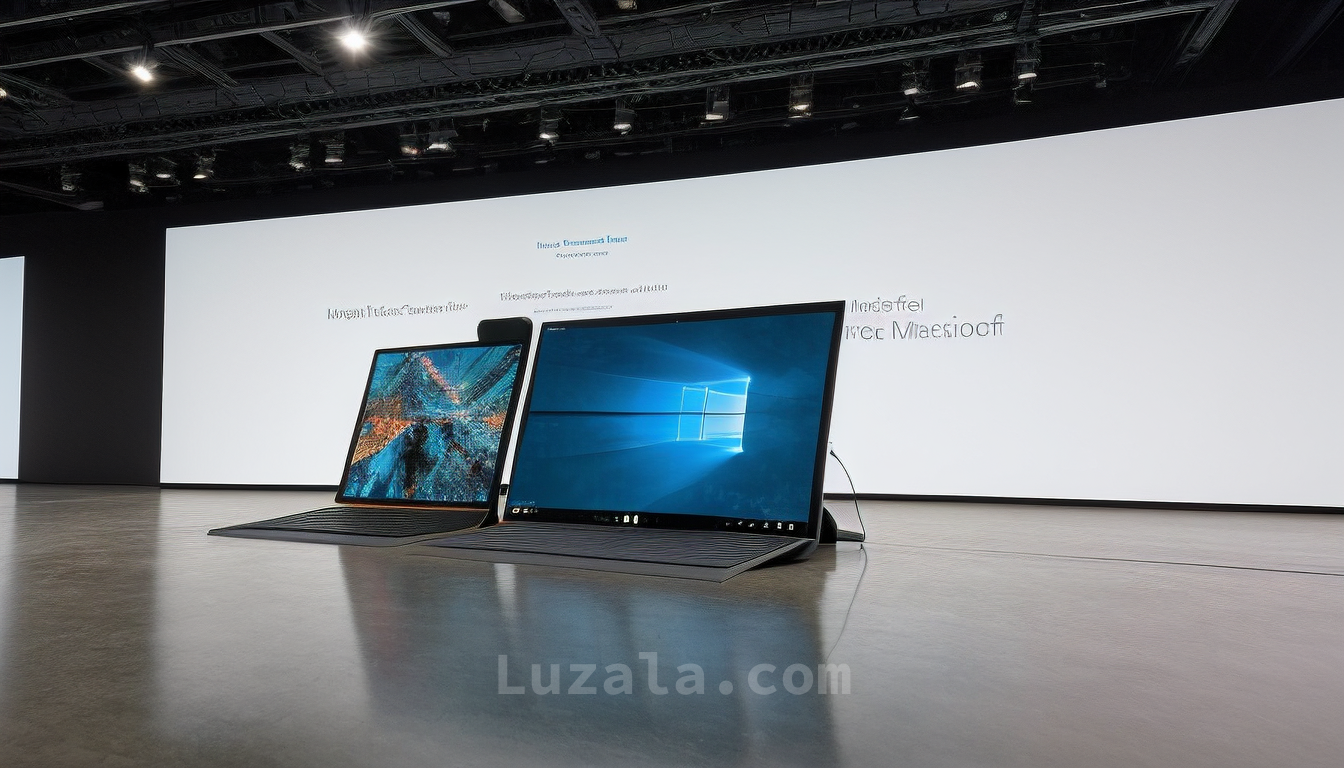
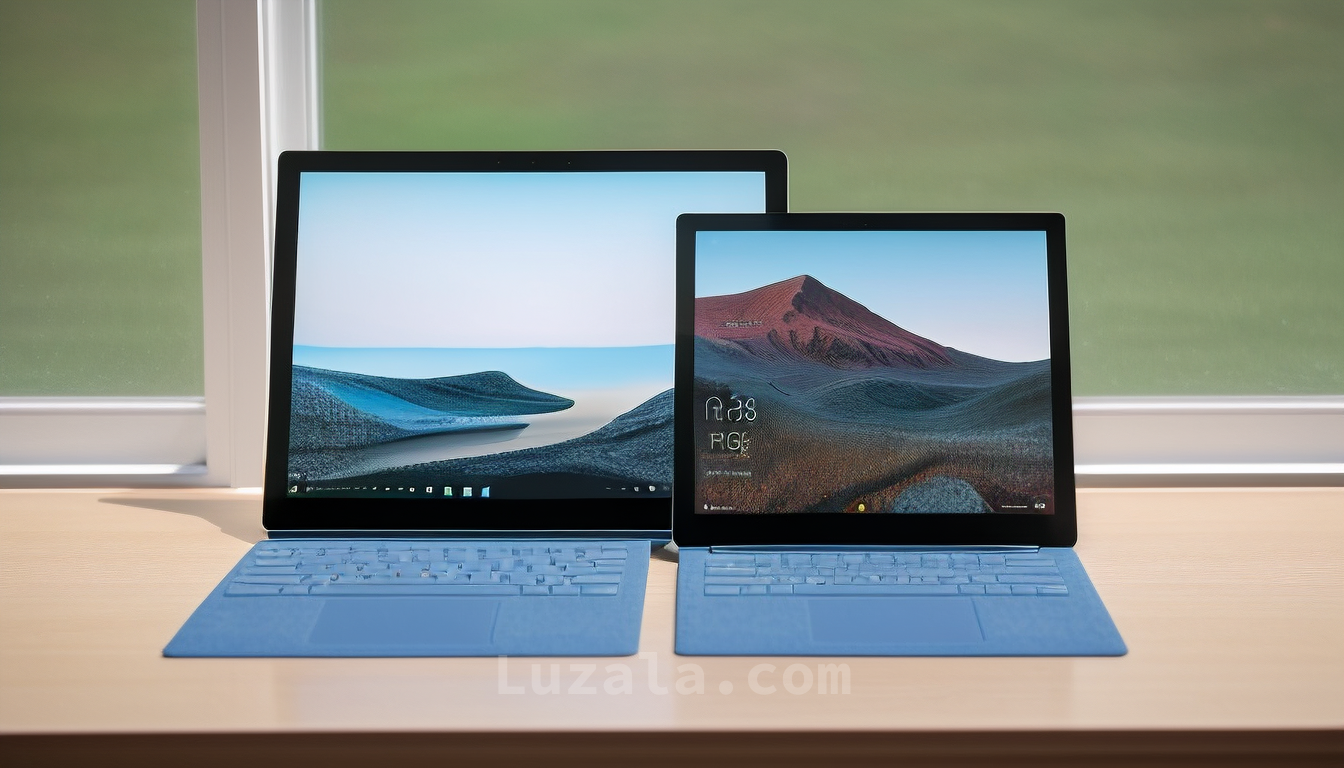

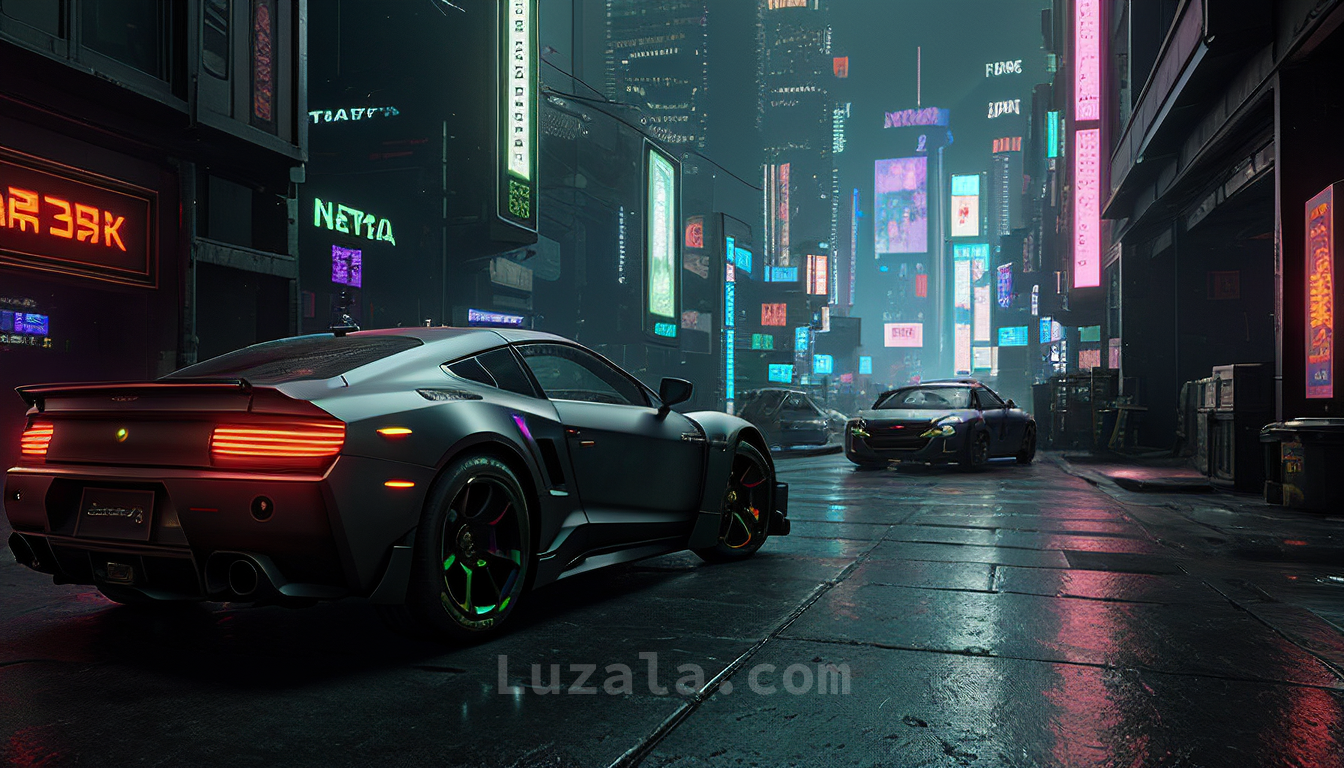

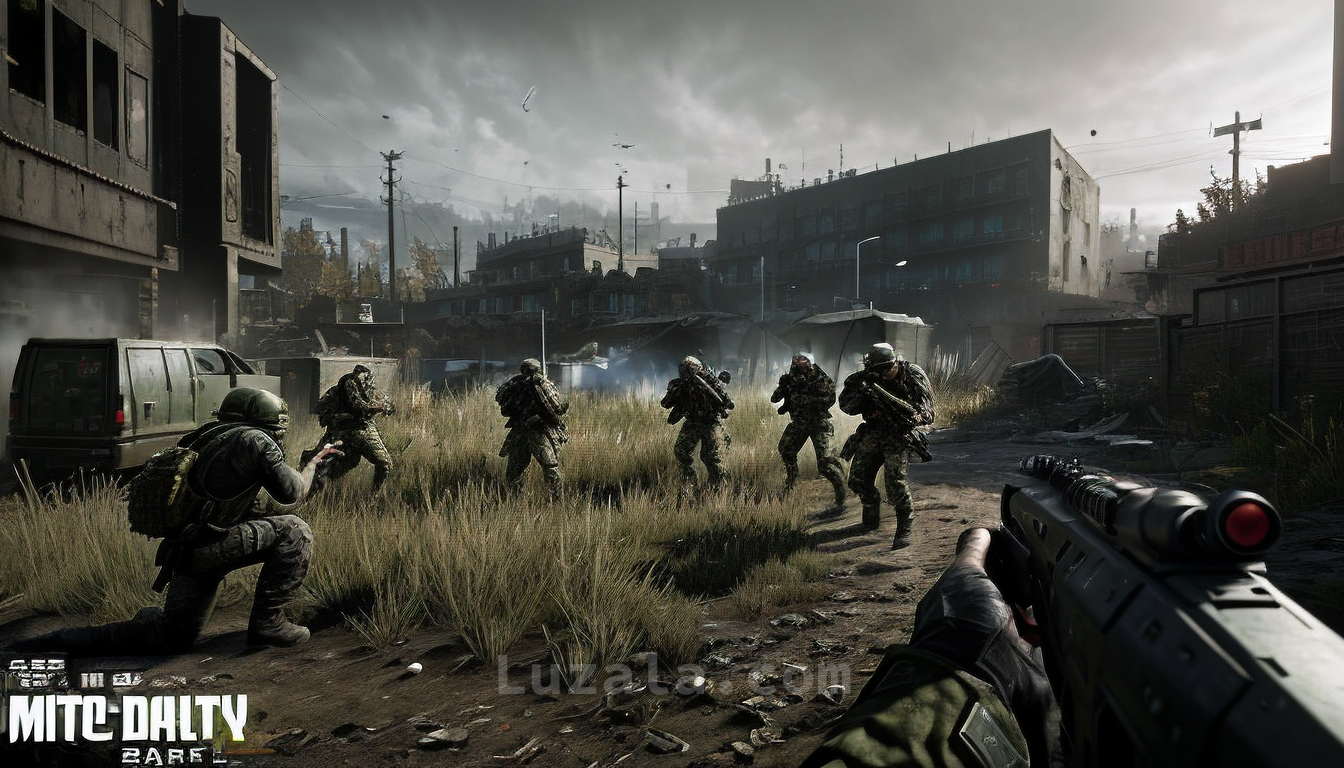
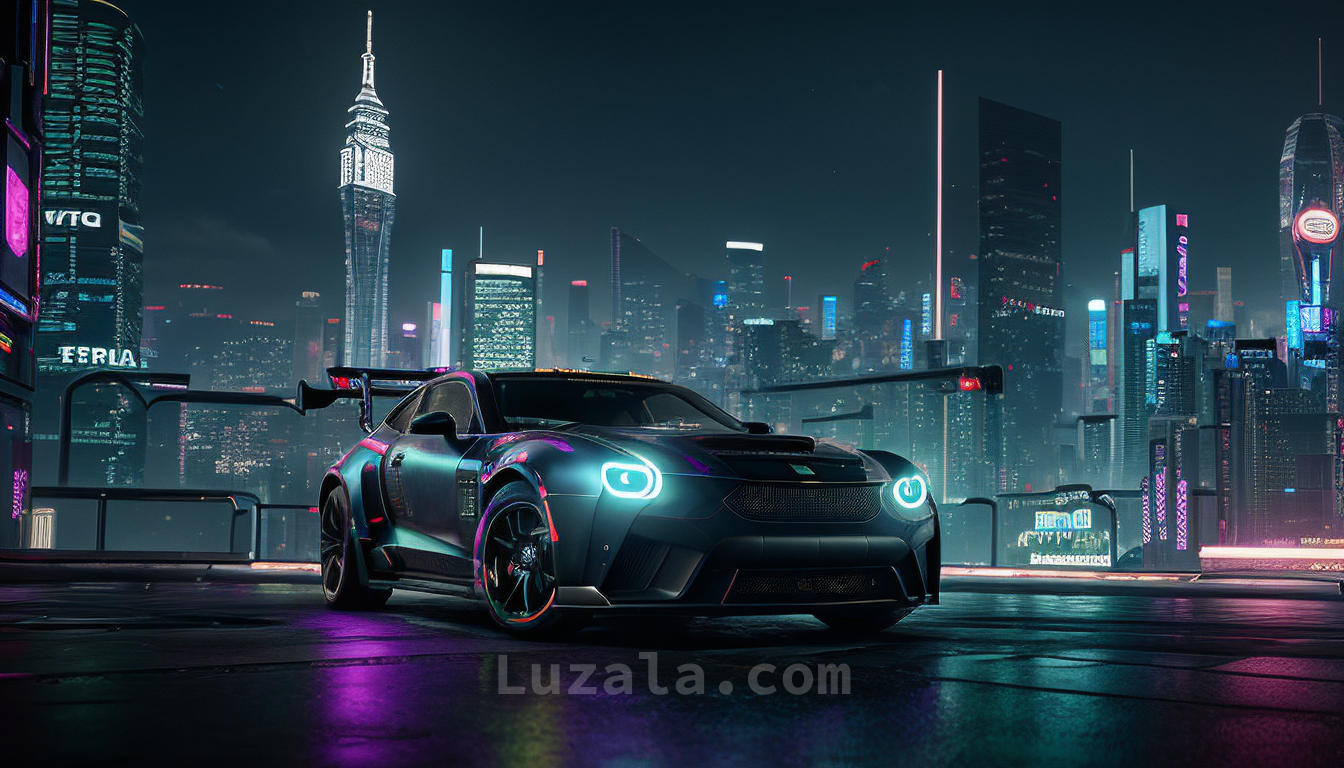





Comments